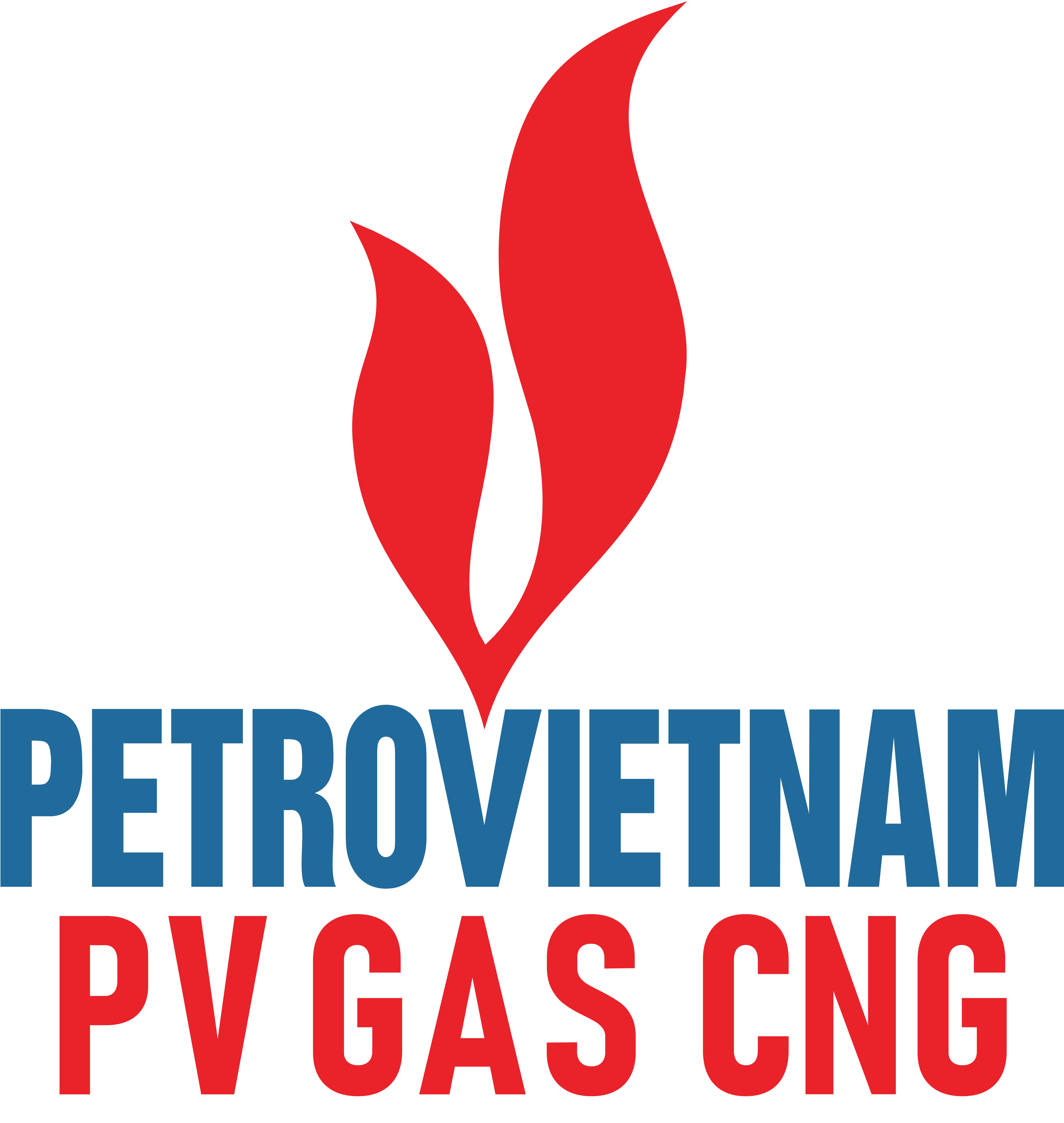Liquefied natural gas
Green energy products of the new era - LNG
Liquefied Natural Gas (LNG) is natural gas with the main composition of CH4 – Methane (94.3%), colorless, odorless, non-toxic, cooled at -162 degrees Celsius to convert to liquid, so that the storage capacity is much higher than CNG (2.4 times higher).
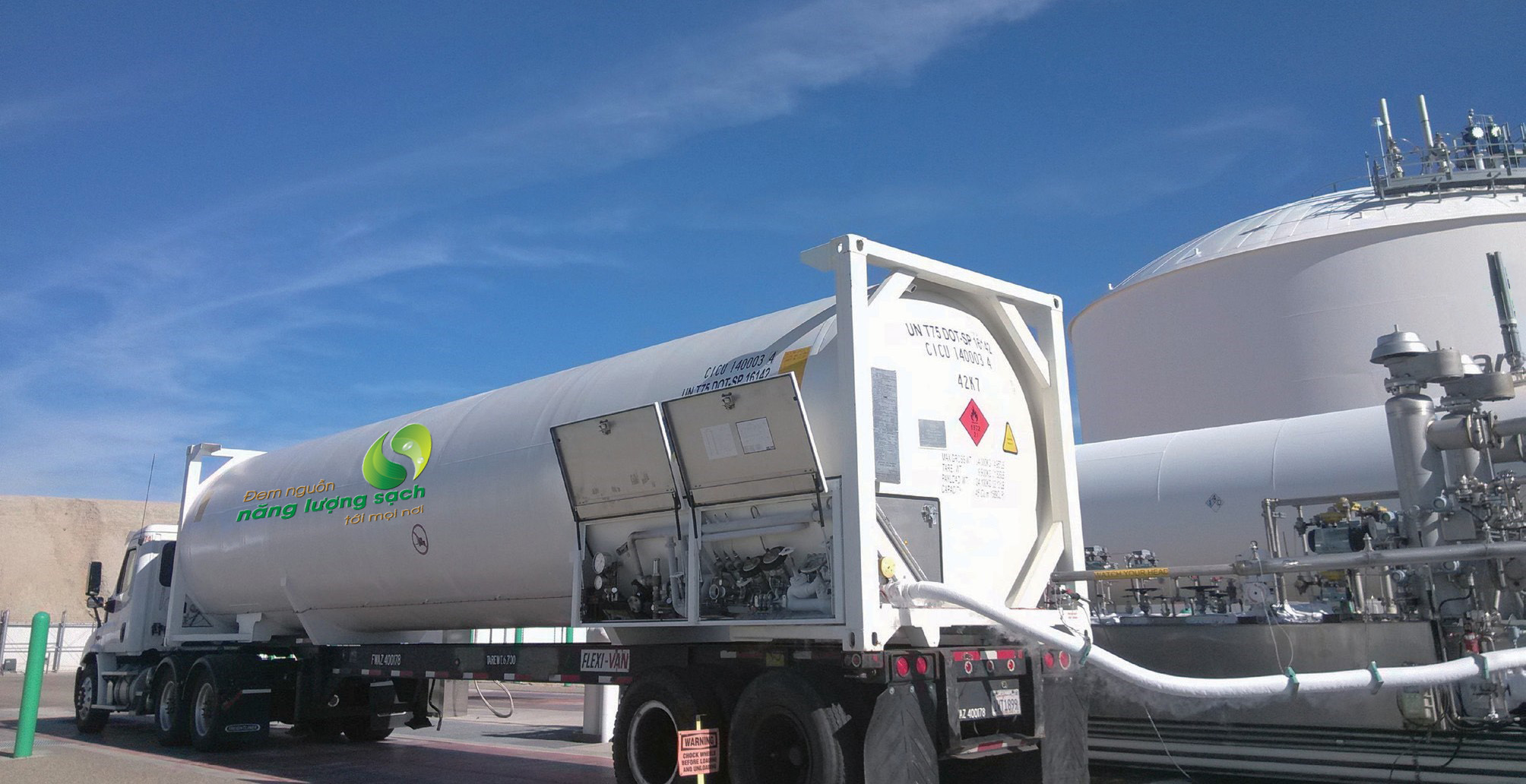
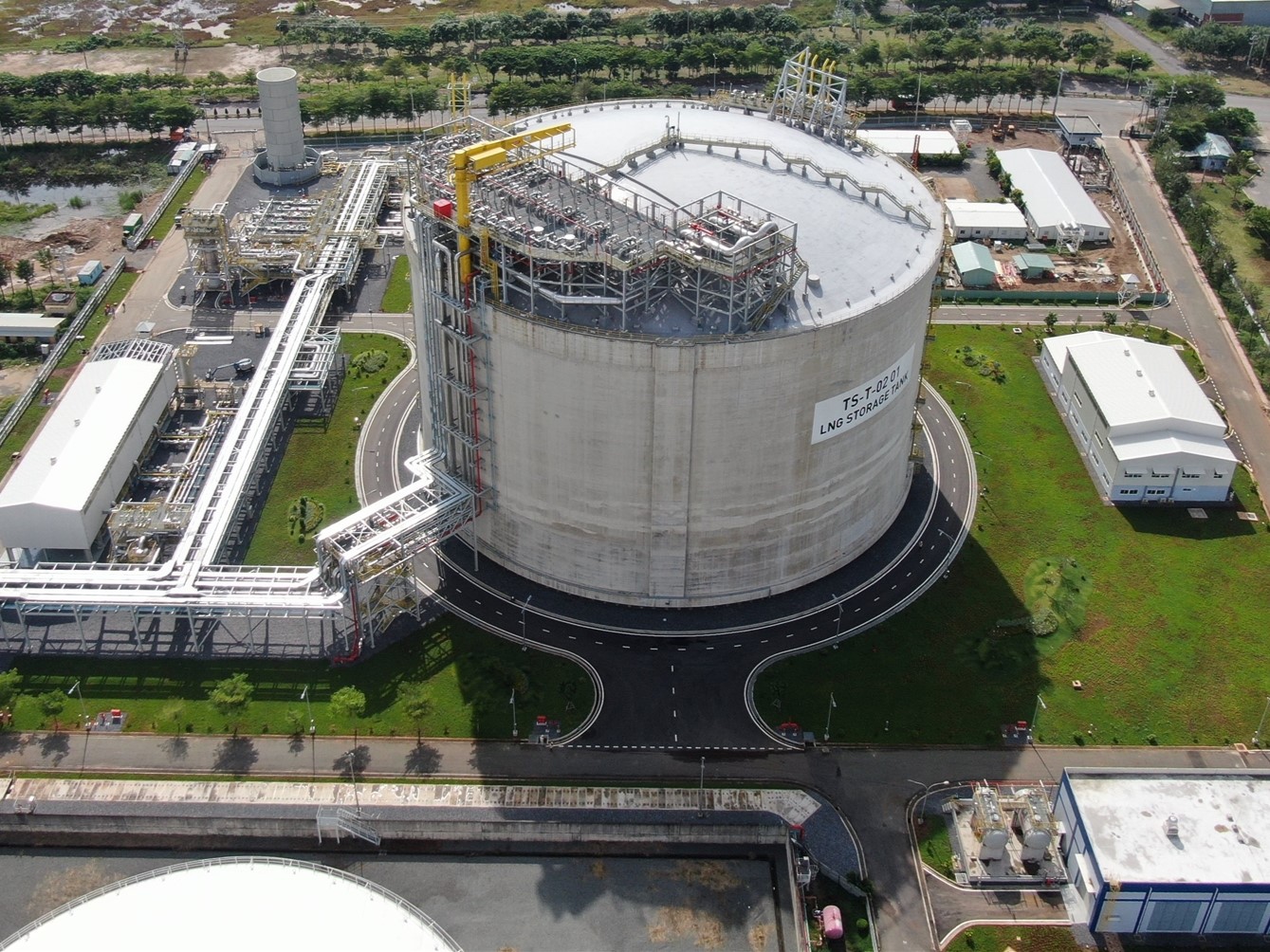
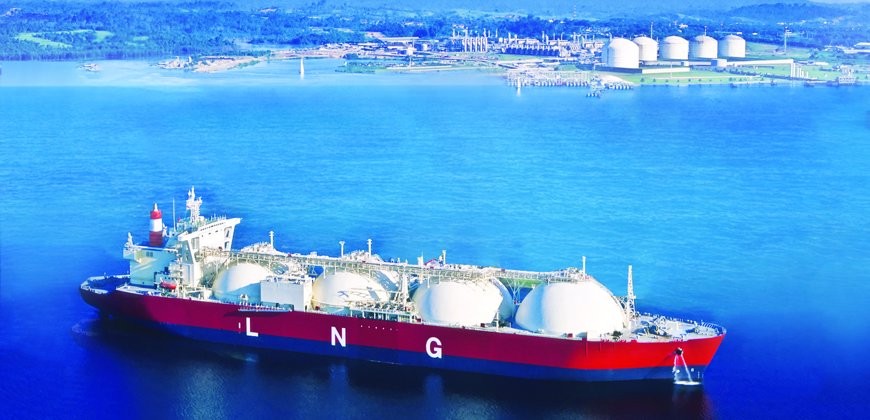
Deep cooling - Fuel liquefaction technology
Miners extract natural gas from fields in the offshore sea. This gas will be led inland and cooled at -162° Celsius (-260° Fahrenheit) by a specialized gas handling system. This process will produce LNG gas in liquid state and stored in large tanks.
Clean fuel - Fight change climate
LNG overcomes all disadvantages of traditional fuels such as coal, gasoline, oil… towards an industry that produces clean emissions into the environment. Energy development is associated with the implementation of international commitments on environmental protection and climate change mitigation.


An outstanding new fuel source
Xây dựng nền kinh tế các-bon thấp từ năng lượng sạch/ năng lượng tái tạo. LNG là loại khí có ít chất thải nhất sau khi đốt, đa phần là chất thải sạch. LNG được đánh giá là nguồn năng lượng thay thế cho hiện tại và tương lai trên toàn cầu.
Reduce equipment corrosion
LNG is an odorless, colorless, non-corrosive, non-toxic gas. Equipment will be safer, and corrosion or damage will be reduced, service life and efficiency will be improved.
Easy to transport
LNG that exists in liquid form will be easily and safely transported with large volumes, and produce high economic efficiency. On arrival at the point of consumption, LNG is easily converted to pure natural gas through a special evaporator.
Meet long-term consumption needs
Using LNG fuel ensures national energy security, long-term stable gas supply, meets domestic gas consumption demand, especially for power generation.
Future clean energy
Proven, reliable and safe LNG for engines, people and the environment. It is the cleanest gas among fuels, opening a new era of clean energy in the future.
Safe fuel
LNG is cooled at atmospheric pressure, making it safer than high-pressure liquefied gases. LNG evaporates quickly and disperses, leaving no residue, so that no cleanup is required for LNG spills on water or land.
Economic efficiency
Using LNG as a fuel for the transportation industry for trucks and boats will bring in potential economic benefits compared to fuel oil and diesel.
Environmentally friendly
LNG is an energy source with much lower emissions to the atmosphere than fossil fuels such as oil or coal. Minimize pollution and protect the atmosphere.
Convenient storage
Because LNG occupies only 1/600 of the volume compared to air at standard conditions (15 degrees Celsius, 1 atm), it is a convenient gas product for storage and transportation from production to consumption markets in the world.
LNG production and distribution process
LNG is imported from countries with large reserves in the world by specialized LNG carriers.
LNG carriers are received and pumped into the storage through the jetty installed with a specialized receiving system.
A diversified liquid tank system with capacity of 15,000 Sm3, 20,000 Sm3, 25,000 Sm3 and 30,000 Sm3 with working pressure of 8 barg, is the means of transporting LNG to the customer’s factory.
Depending on the demand, customers can install a re-gas system including LNG tank and re-gas equipment with working pressure of about 8 barg to bring LNG to natural gas form supplied to customer’s factory.
From the re-gas system with an output pressure of approximately 8 barg, the gas is depressurized as required and piped into the gas combustion chambers.
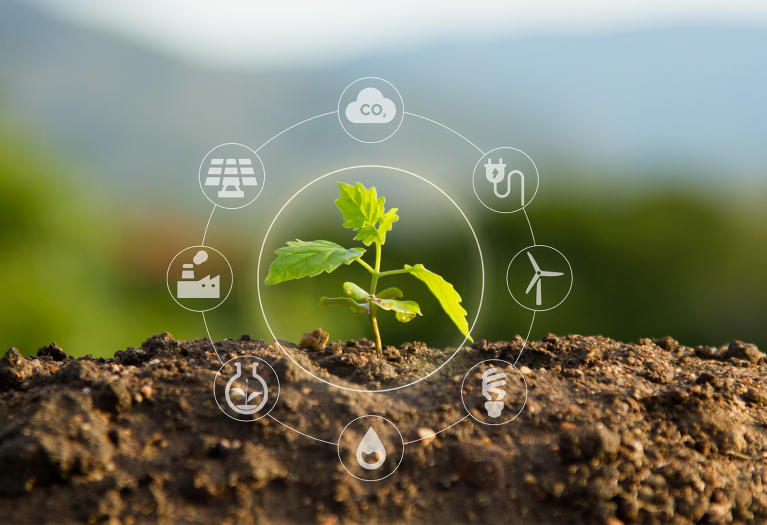
- CUSTOMERS
Our partner
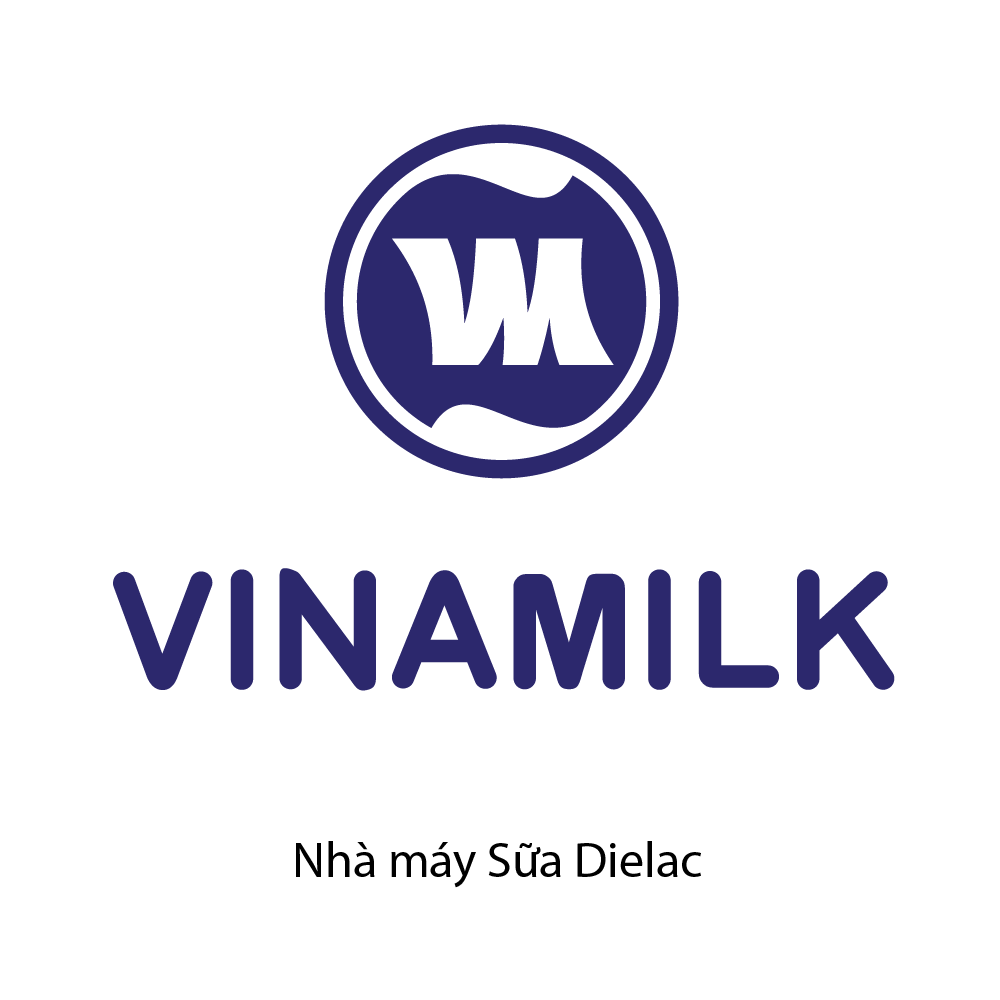


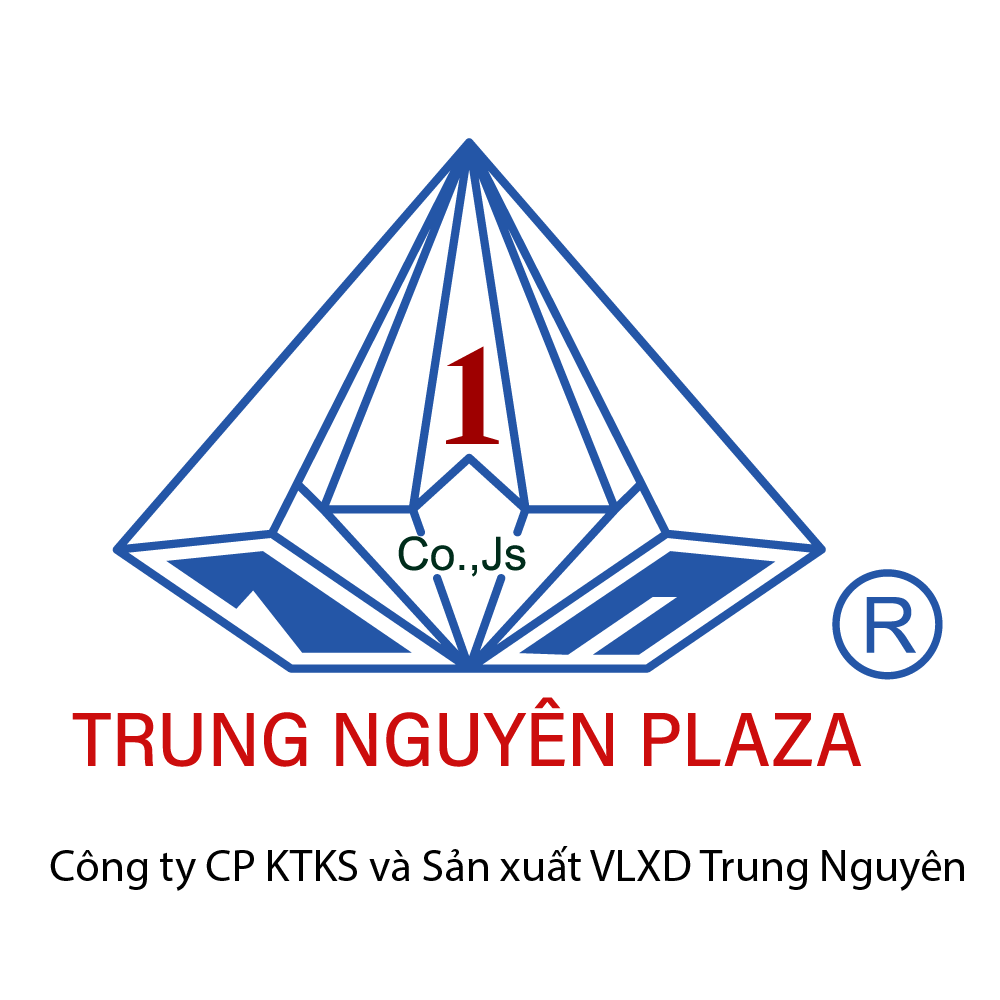

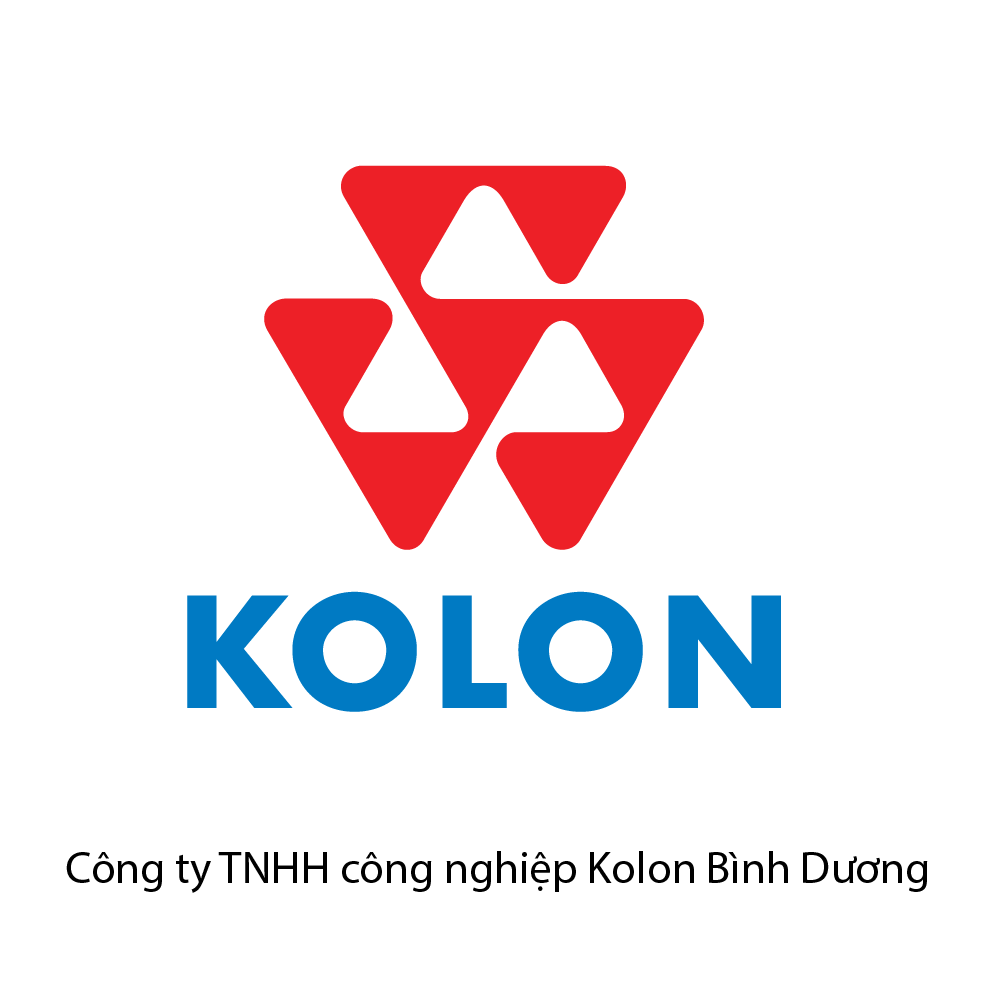
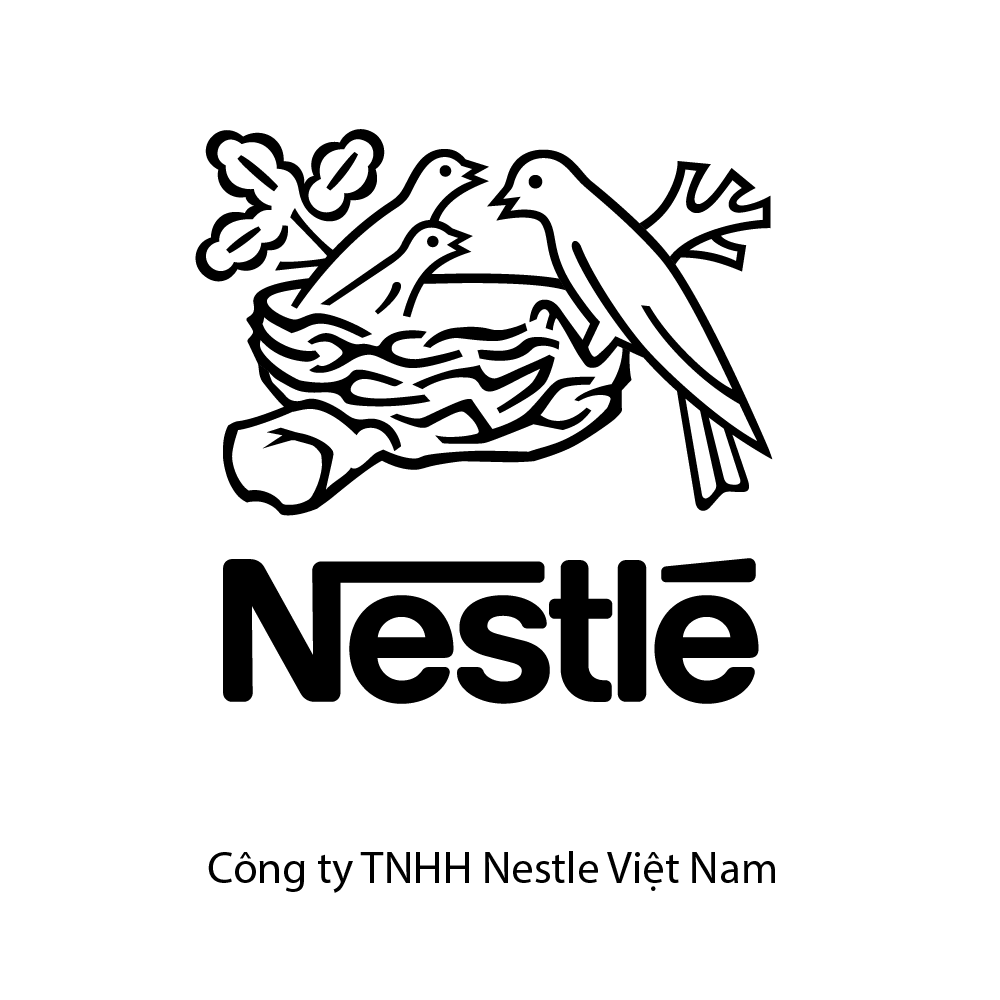

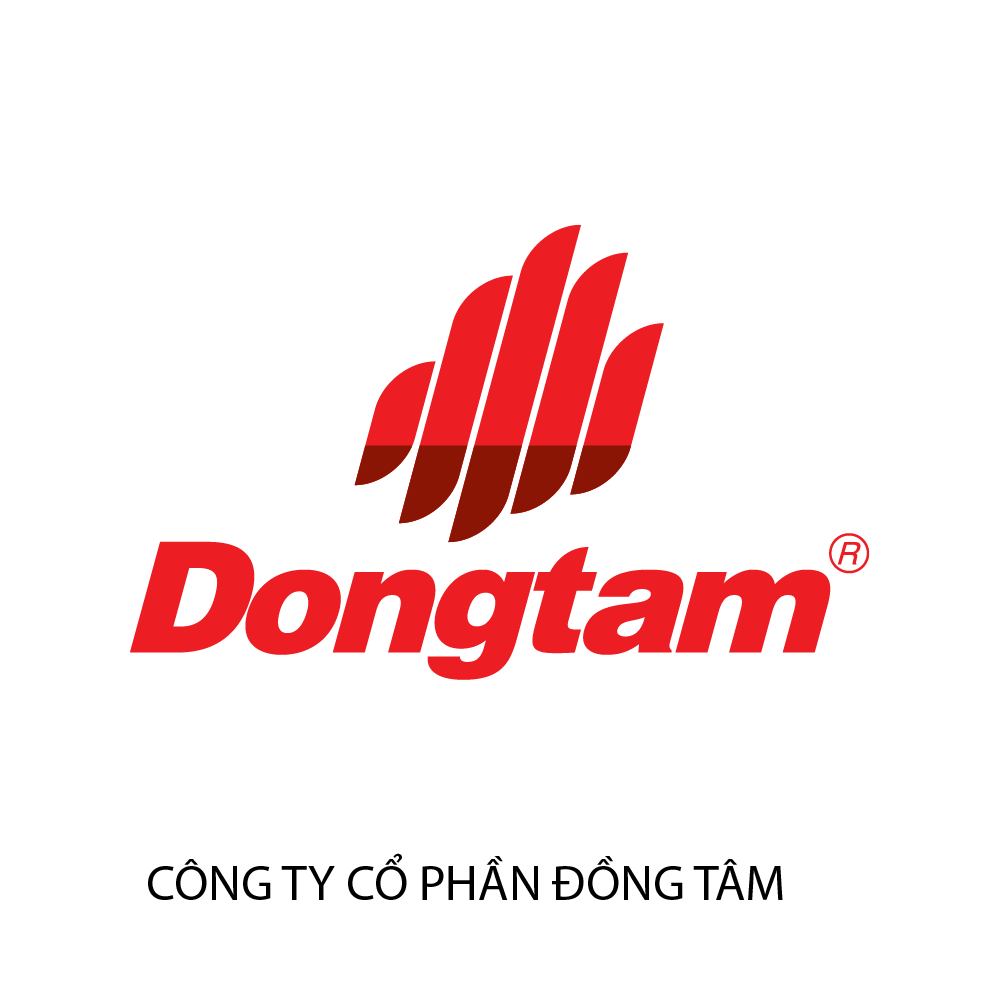
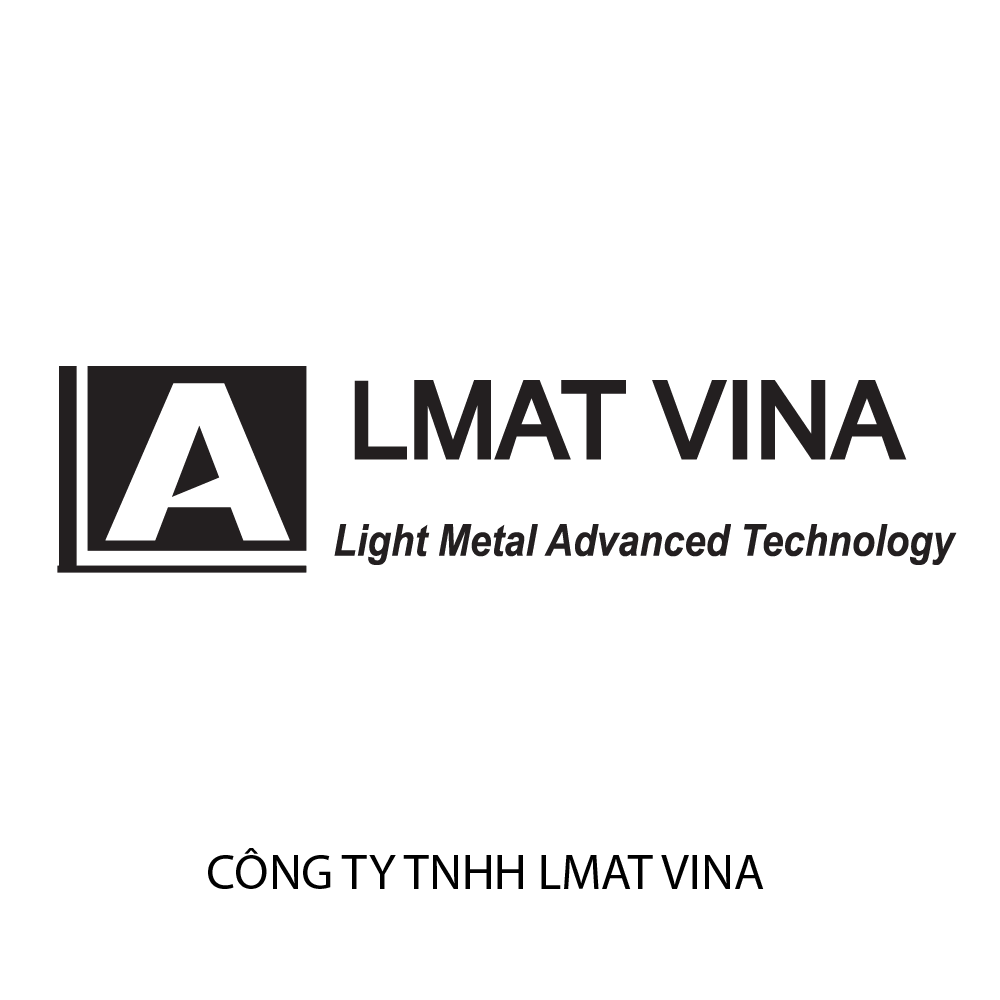
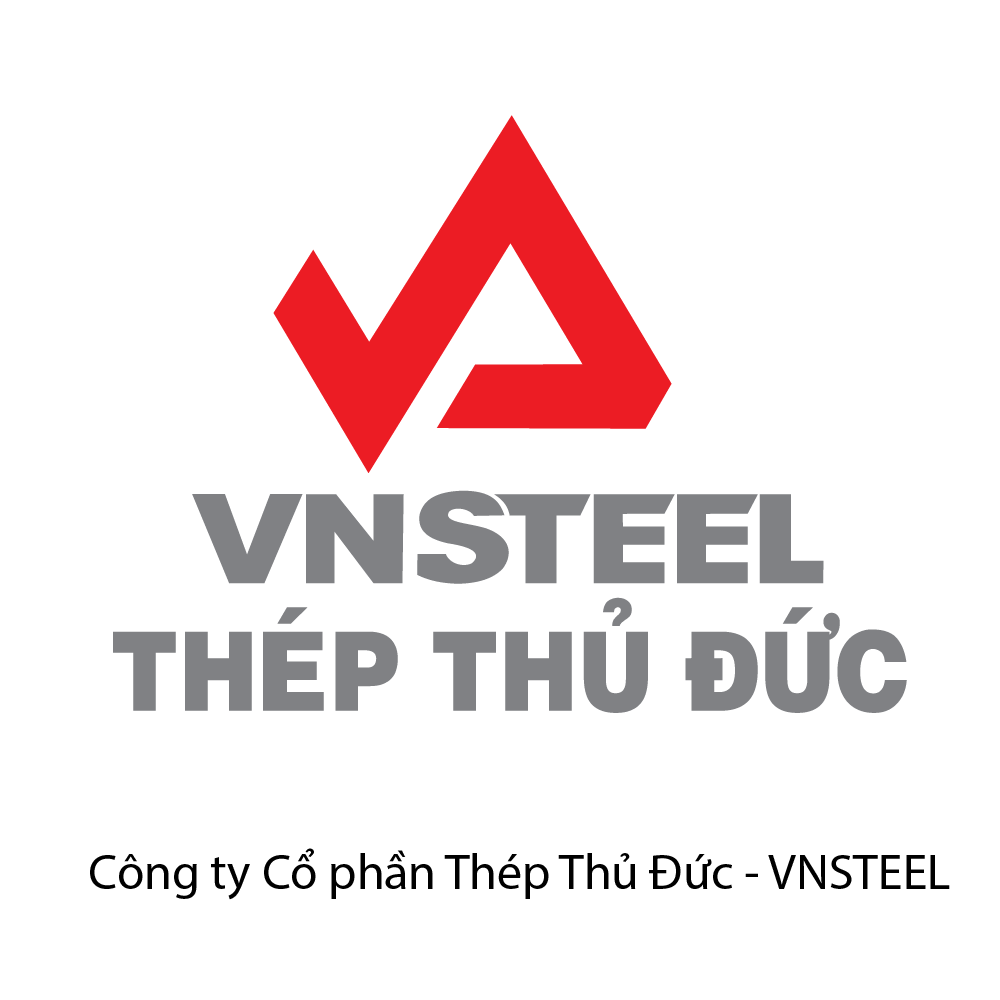

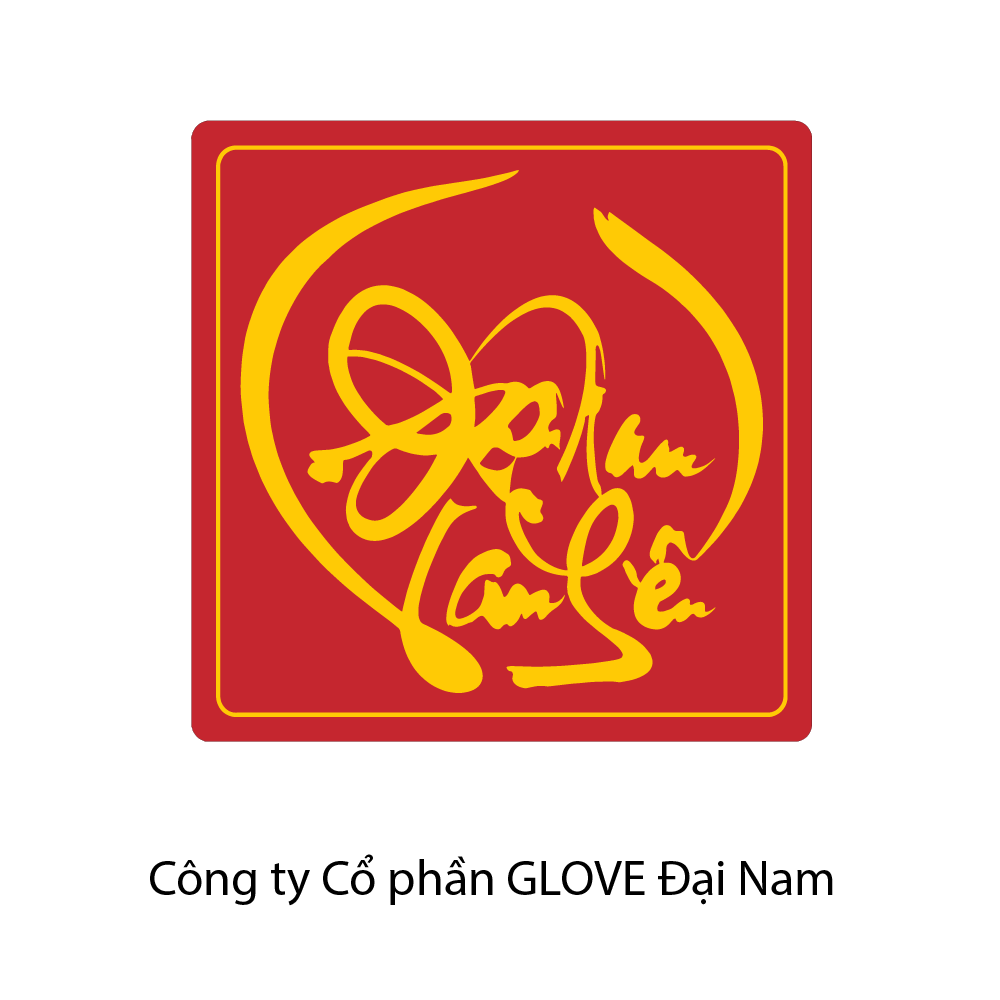
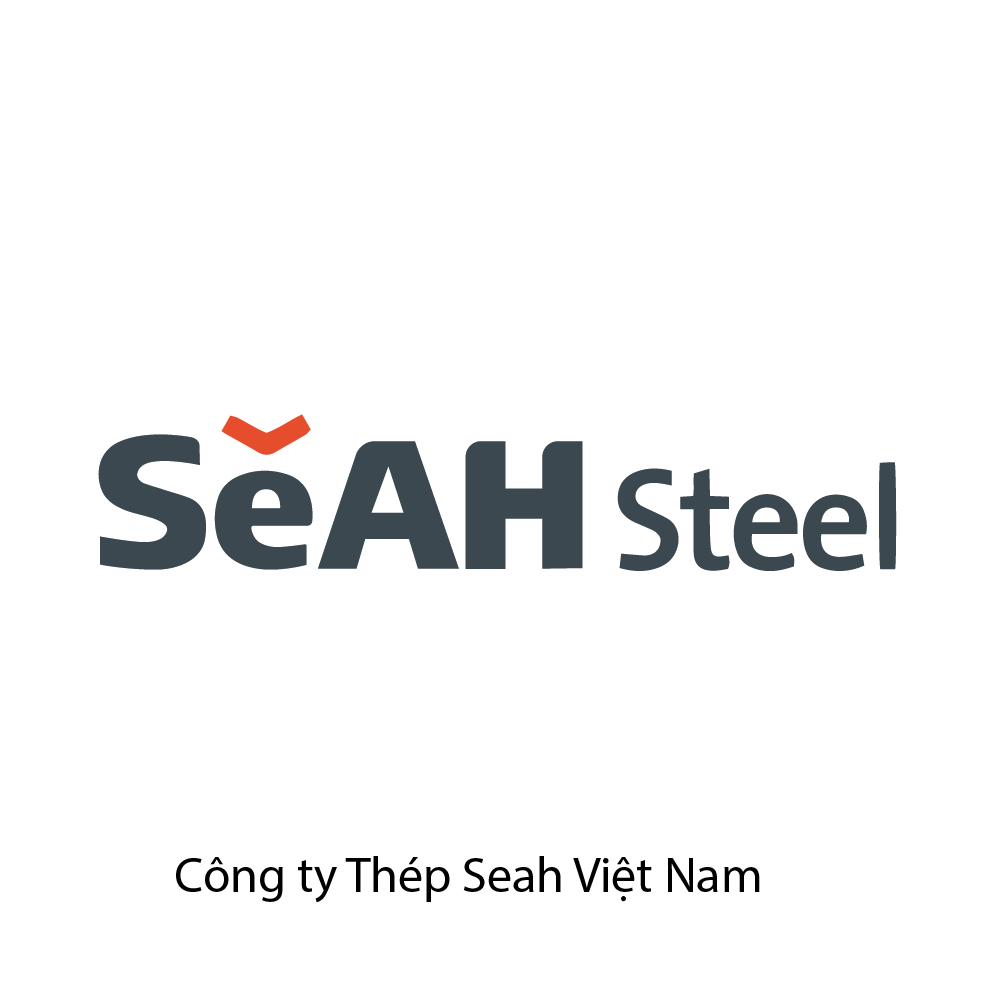

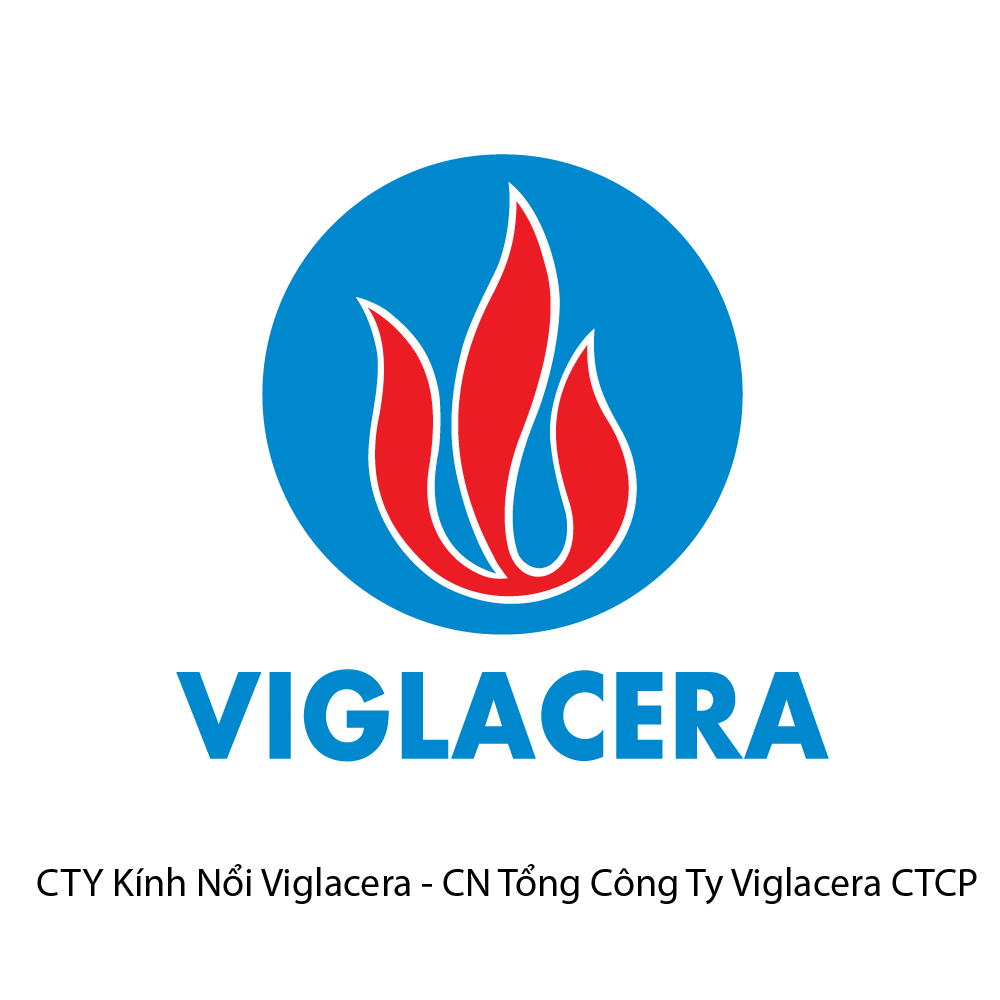

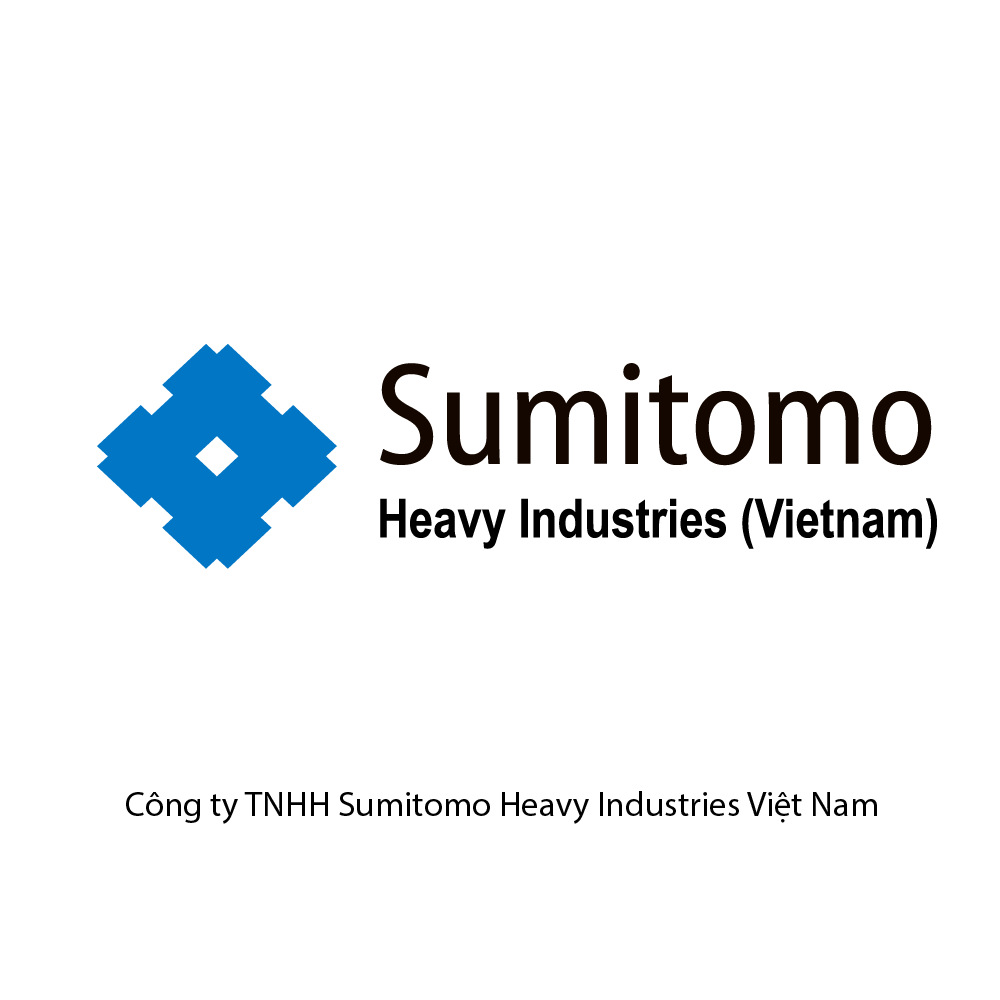


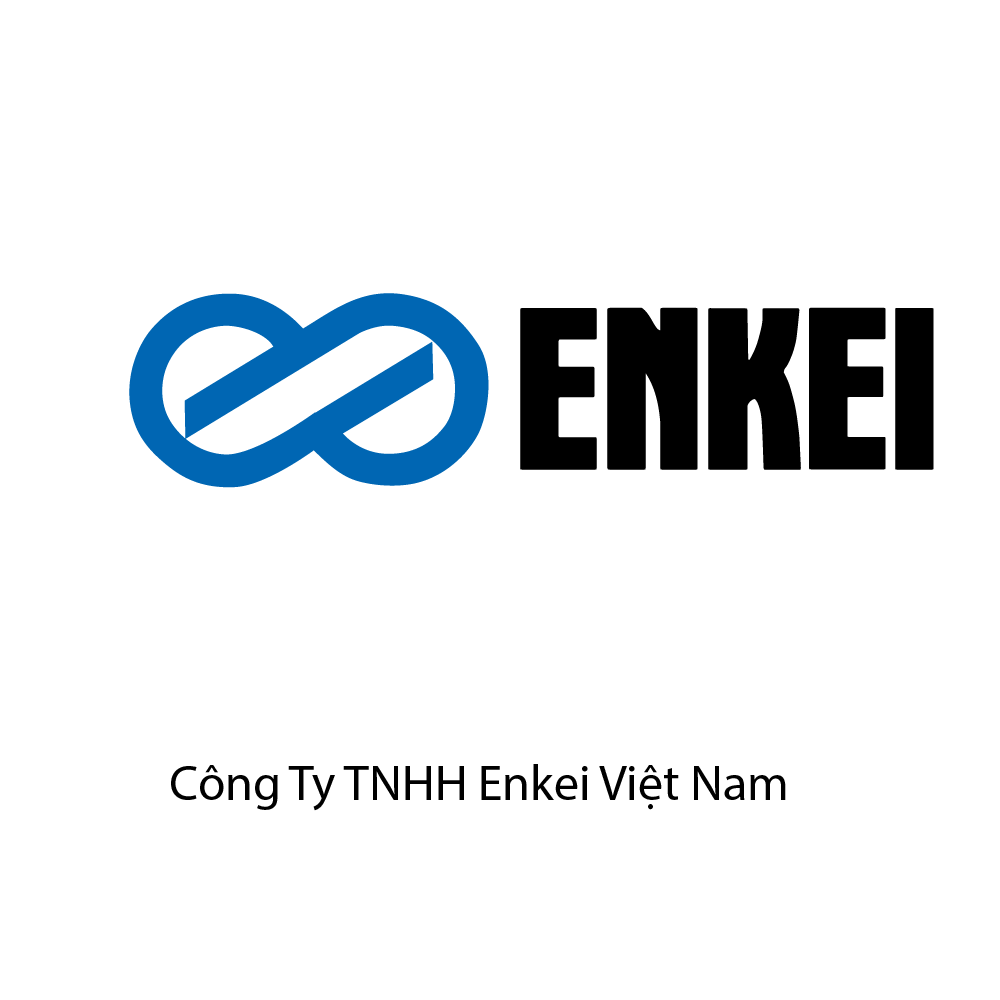
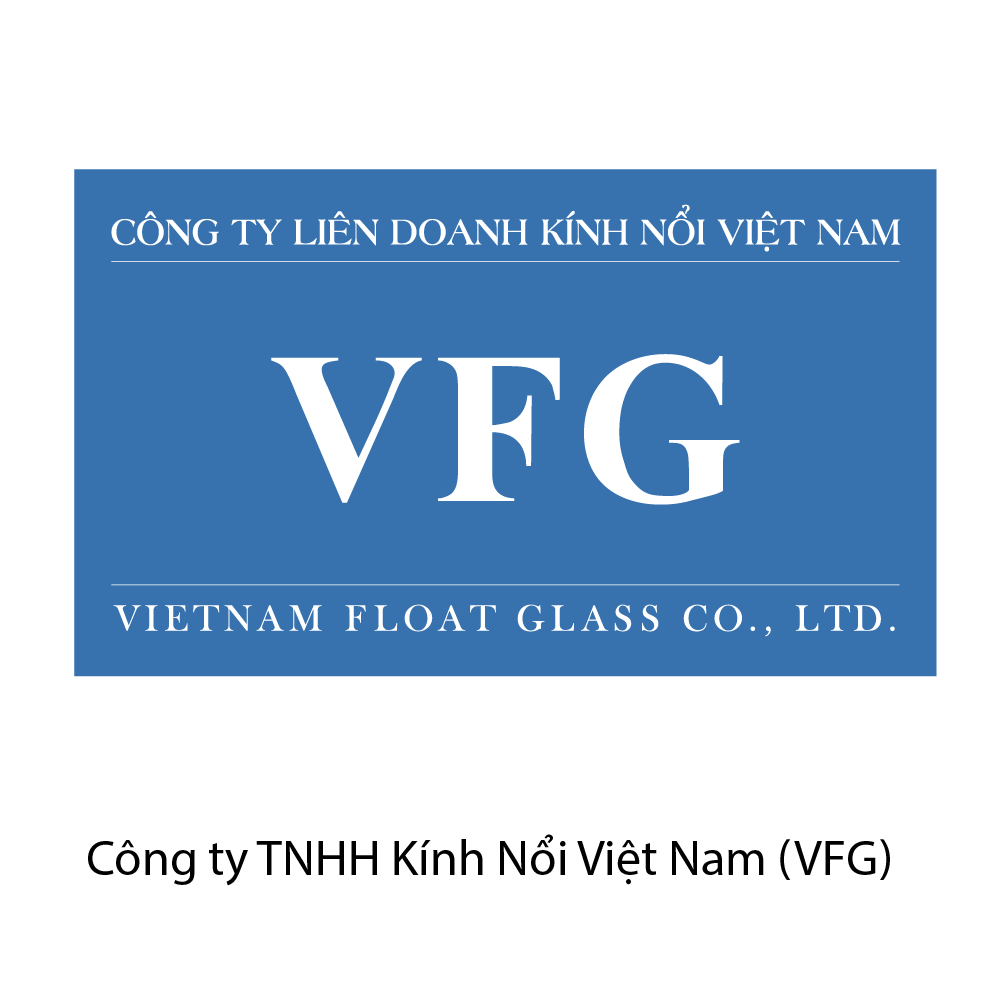
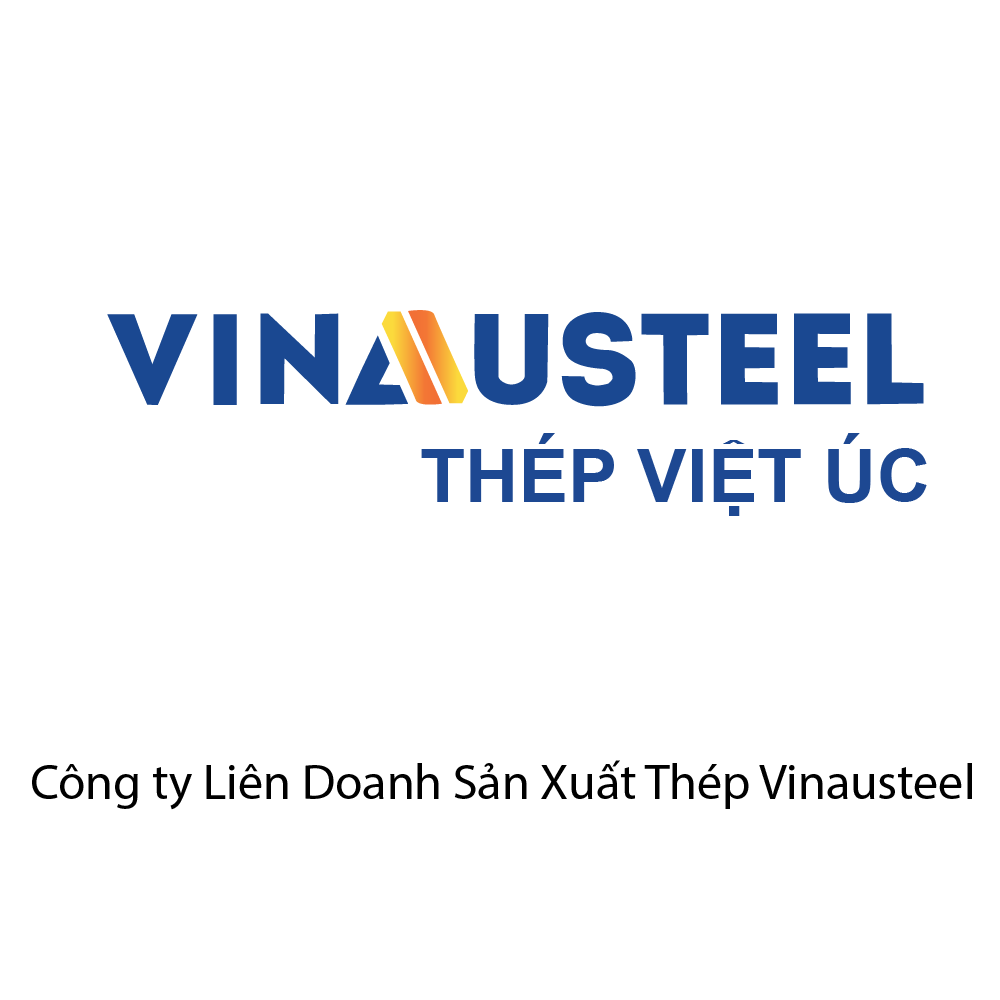

Sign up to download documents
This is the document that will provide you in detail about CNG Vietnam Joint Stock Company. Please leave information to be able to download the document.
1
Fill in the information form, click complete registration
2
After completing the registration, click download documents below
